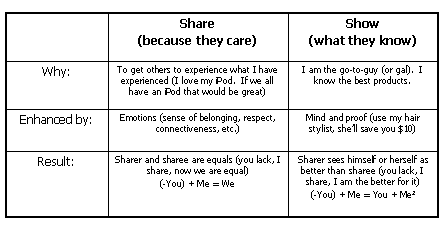It’s that time again. In this week’s Seinfeld episode, Jerry is lamenting to George about Kramer’s girlfriend who heckled him during one of his stand up comedy routines:
JERRY: I should have let her have it! I held back because of Kramer.
GEORGE: You know what you ought do. You should go to her office and heckle her.
JERRY: Yeah, right.
GEORGE: You know, like all the comedians always say, ‘How would you like it if I came to where you work and heckled you?’
JERRY: Yeah, that’d be something.
GEORGE: I’m not kidding, you should do it.
JERRY: Boy, wouldn’t that be the ultimate comedian’s revenge? I’ve always had a fantasy about doing that.
GEORGE: Well, go ahead! Do it!
JERRY: Why can’t I?
GEORGE: No reason!
JERRY: You know what? I think I’m gonna do that! She came down to where I work, I’ll go down to where she works!
GEORGE: This is unprecedented!
JERRY: There’s no precedent, baby!
GEORGE: What…are you using my ‘babies’ now?
A precedent is an example, model, pattern or standard. The more revolutionary your idea, the less likely there will be a precedent in your industry. But that’s ok because precedents are safe (safely leading you to mediocre results). Precedents show the clearer trajectory of an idea – usually at best a little blooper into right field for a single. If the results cannot be quantified beforehand, some people get nervous. When it comes to revolutionary ideas, nervousness is always a better indicator of profound results than precedents ever will be.
This, of course, only applies to your own industry. Looking outside your industry I’d say you’d be crazy not to beg, borrow or steal ideas. In fact, you have officially been given a license to steal. Outside of your industry, you are like the James Bond of ideas.
What do you think?
This post is part of a weekly series, Seinfeld on Marketing.
Happy, happy Friday!
Filed under: Business, Ideas, Marketing, Seinfeld on Marketing | Leave a comment »


 I took this picture just outside of the office. It has been up for two months and let me tell you, this busy road is really damaged. Here’s the thing:
I took this picture just outside of the office. It has been up for two months and let me tell you, this busy road is really damaged. Here’s the thing: If you want to find out about your co-worker’s life outside of work you can browse the many pictures on her desk, the collectables taking over her shelf or the artwork from her three-year old hung proudly in her cube.
If you want to find out about your co-worker’s life outside of work you can browse the many pictures on her desk, the collectables taking over her shelf or the artwork from her three-year old hung proudly in her cube.
